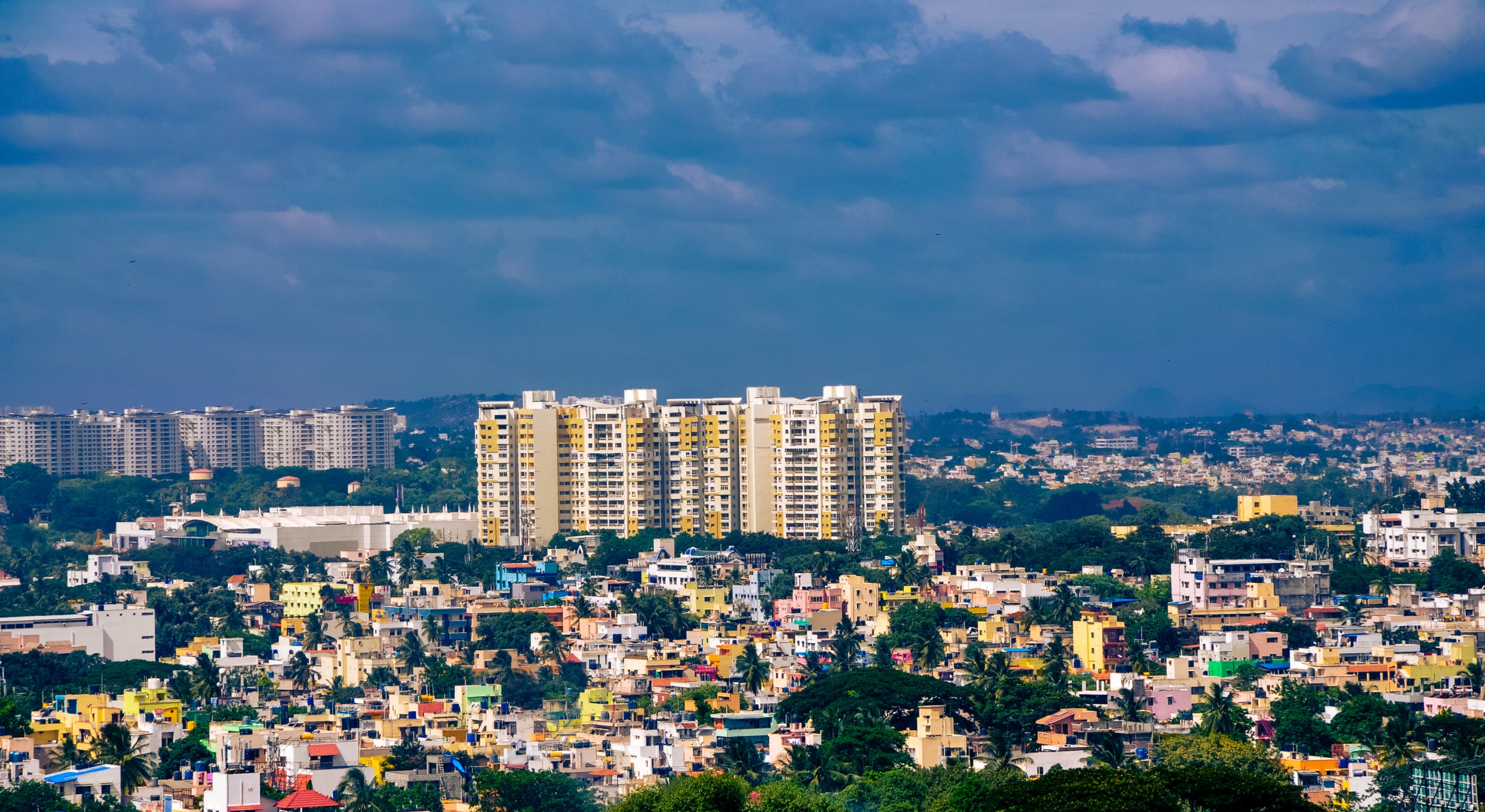How Thane, Whitefield & Hinjawadi Are Emerging as Micro-Cities

Table of Contents
Introduction
India’s biggest cities are bursting at the seams—traffic jams, high rents, and limited open spaces have made metro living stressful. But the suburbs are changing the game. Areas like Thane (Mumbai), Whitefield (Bengaluru), and Hinjawadi (Pune) are no longer just “sleeping towns” where people return after a long commute. Instead, they’re evolving into self-sufficient micro-cities with everything from homes and offices to malls, schools, and hospitals right at your doorstep.
This shift is redefining urban living and creating a new standard of convenience, connectivity, and community living for Indian families and professionals.
Latest Trends in Suburban Real Estate
- Whitefield, Bengaluru: Rental prices have shot up by nearly 20–30% in the past year, with 2BHK apartments now averaging ₹32,000–₹35,000/month. IT corridors and metro expansion are keeping demand strong.
- Thane, Mumbai: With Metro Lines 4 & 5 on the way and the 29 km Circular Ring Metro in the pipeline, connectivity is about to get a massive upgrade. Property values are appreciating steadily at 4–6% annually.
- Hinjawadi, Pune: Home to India’s major IT parks, Hinjawadi is set for further growth with Metro Line 3 connecting it directly to Balewadi and the city centre. Property appreciation is forecasted at 10–12% in 2025.
What Turns a Suburb Into a Micro-City?
A suburb becomes a micro-city when it develops:
- Transport Links – Metro networks, highways, and ring roads make commuting faster.
- Local Jobs – IT parks, office complexes, and business hubs generate employment nearby.
- Social Infrastructure – Schools, hospitals, shopping centres, and entertainment zones.
- Smart Planning – EV charging stations, digital connectivity, and sustainable housing projects.
Together, these features allow people to live, work, and relax in one area without daily dependence on city centres.
Why Are Micro-Cities Growing Now?
- Overcrowded metros have made suburban living more appealing.
- Post-pandemic work patterns have reduced the need for long commutes.
- Government initiatives like Smart Cities Mission, metro expansions, and housing policies support growth.
- Developers are creating integrated townships that combine housing, workspaces, and lifestyle amenities.
By 2030, India is expected to invest ₹143 lakh crore in urban infrastructure, much of which will fuel suburban growth.
Advantages of Living in a Micro-City
Less Travel, More Life – Metro and road projects save up to 50+ minutes daily.
Affordable Homes with Premium Amenities – Modern societies include gyms, green parks, and EV points at a lower cost than metro centres.
Cleaner, Greener Spaces – Better air quality, wider roads, and pedestrian-friendly layouts.
Smart Infrastructure – Digital-ready zones with broadband, solar lighting, and waste management.
Everything Nearby – Schools, healthcare, workplaces, and malls within a few kilometres.
Spotlight on India’s Key Micro-Cities
Thane – Mumbai’s Twin City
Thane is transforming from a satellite town into Mumbai’s second city. With new metro projects, premium housing, and rental yields rising to 3.1%, it offers a balanced lifestyle for families and professionals.
Whitefield – Bengaluru’s Growth Engine
Bengaluru’s Whitefield has matured into a mini-city powered by IT parks and the metro. Rental demand from the tech workforce continues to push prices up, making it one of the most profitable suburban hubs in India.
Hinjawadi – Pune’s Tech Capital
From IT hubs to integrated housing projects, Hinjawadi is now a self-contained ecosystem. Strong rental yields of 5–7% and rising property values make it a hotspot for both investors and end-users.
What This Means for You
If you’re considering real estate investment or a family home, suburbs like Thane, Whitefield, and Hinjawadi offer:
- Affordable yet premium housing options.
- Higher returns on investment due to rising demand.
- A healthier lifestyle with reduced commute stress.
- Future-proof living in areas designed for growth.
Conclusion
Indian suburbs are no longer “far-flung extensions” of metro cities—they’re self-sustained micro-cities redefining urban living. With better infrastructure, planned growth, and integrated living, suburbs like Thane, Whitefield, and Hinjawadi are becoming the preferred choice for homebuyers and investors alike.
The future of Indian real estate lies beyond the metro core—and it’s happening now.
Source – Times Property
